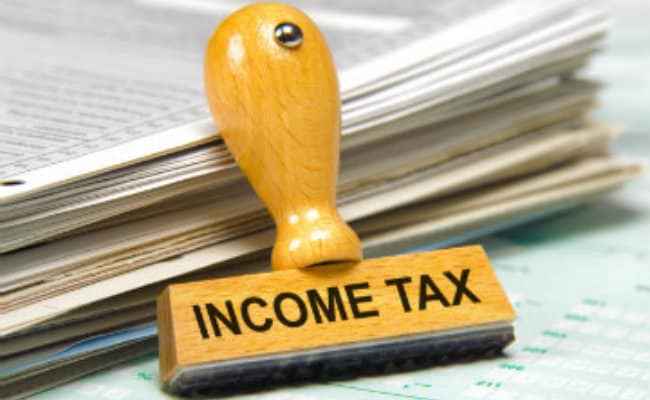The Indian government rolled out a new tax regime without phasing out the old one in 2020. In the new tax regime, taxpayers are able to pay taxes at a lower rate. However, they are restrained from availing of various exemptions which were offered in the earlier regime. The key thing to note is that the new tax regime is optional. Hence, taxpayers can continue with the old tax regime if they wish to. Union Finance Minister Nirmala Sitharaman recently stated that the government introduced the optional income tax regime with seven tax slabs for ensuring lower rates for those in the low-income bracket. With the Budget 2023 drawing closer, here’s all you need to know about the difference between the old and new tax regimes:
Also Read– India’s Wholesale Price Inflation Falls To Almost 2-Year Low At 4.95%
The key difference between the two tax regimes is that the previous one allowed the taxpayers to claim all deductions and exemptions, while the latest one doesn’t. The deductions and exemptions not provided in the new tax regime include house rent allowance (HRA), interest on home loans and investments under Section 80C of the Act. The deductions allowed under Section 80C incorporate investment in National Savings Certificates (NSCs) and Public Provident Fund (PPF), paying Life Insurance Corporation of India (LIC) premiums, and five-year deposits with banks.
Which tax regime should you choose?
The tax regime you should select depends on numerous factors. The factors include the income bracket you fall under and the amount of tax-exempt savings you have made in the financial year. You should compare both tax regimes in order to understand which is beneficial for you as a taxpayer.
Also Read– What LIC New Jeevan Shanti (Plan 858) calculator says about Rs 1 lakh/month pension
If you don’t wish to invest over Rs 1 lakh purely for availing of tax benefits, then it is a good idea to go for the new tax regime. In another case, if someone comes under a lower tax bracket and has total savings of Rs 10,000, but has to let go of his/her tax exemptions of a higher amount, should opt for the old regime.
One should calculate the tax liability from both regimes by the end of the year, and then choose the one that has lower tax liability.



































